Rehabbing property in Los Angeles can be one of the most rewarding projects you take on. Whether you’re a local homeowner looking to build equity or a small developer trying to make smart moves, the right property makes all the difference.
Today, we’re going to walk through a real-life example of the type of property that’s perfect for rehab. It’s located in Canoga Park and it checks a lot of boxes: space, location, access, and existing structures you can work with. You’ll see what makes this kind of opportunity valuable and how you might approach a rehab project from start to finish.
What Does Rehabbing a Property Actually Mean?
Rehabbing means improving an existing property to increase its value. That can mean anything from replacing old appliances to gutting the inside and starting fresh. Sometimes it means updating a single house. Other times it means tearing down and building something new.
The goal is to take something that’s outdated or underused and turn it into something useful, modern, and worth more money. In a place like Los Angeles, that can mean big returns.
Why LA is a Great Place to Rehab Property
Los Angeles is packed with older homes, big lots, and areas with rising demand. There’s also limited space to build, which means buyers and renters are always looking for updated places to live.
In some neighborhoods, prices have gone up just from adding a second unit or building a guest house. That makes rehabbing one of the smartest ways to invest in LA real estate if you do it right.
A Real-World Example: Two Homes in Canoga Park on Over 1 Acre
Let’s take a look at a real property on the market right now. It’s not just one home. It’s two. These homes sit side by side in Canoga Park, and they’re being sold together in a single sale.
Property Website
Here’s what makes them interesting:
Property 1: 21219 Community Street
-
Lot size: ~0.7 acres (just under 30,000 sq ft)
-
Home size: 1,558 sq ft
-
Built: 1953
-
3 bedrooms, 2 bathrooms
-
2-car garage
-
Includes a red barn and a large backyard
Property 2: 8422 Eton Avenue
-
Lot size: ~0.37 acres (16,000 sq ft)
-
Home size: 1,920 sq ft
-
Built: 1939
-
3 bedrooms, 2 bathrooms
-
2-car garage
Combined, these two lots give you over 1 acre of flat, usable land with access from three different streets: Community Street, Eton Avenue, and Glassport Avenue.
That kind of access is rare and valuable. It gives you more flexibility when planning construction, parking, and layout.
Why These Properties Are a Rehabber’s Dream
There are a few reasons these homes make sense for a rehab project:
-
Both homes are fully livable. That means you don’t need to build from scratch. You can remodel while still having a structure to work with.
-
The land is flat and open. That makes it easier to expand or add more homes without major grading or clearing.
-
Access from three streets. You can plan driveways, garages, or even entrances for different units without crowding one side of the property.
-
Zoning potential. With over 1 acre, this property could support up to 9 units (depending on zoning and permitting). That opens the door to serious income potential.
-
Separate garages and barn. These extras give you options for storage, workshops, or ADU (accessory dwelling unit) conversions.
Step 1: Walk the Property and Identify the Possibilities
Start by walking the land and noting what’s already there. Look at the condition of the homes, the layout of the yard, the access points, and the flow between the two properties.
Ask yourself:
-
Do I want to keep both homes and update them?
-
Could I add a third home or guest unit?
-
What’s the best way to divide the land, if I want to?
Step 2: Check the Zoning and Permits
Before you make any big decisions, talk to the Los Angeles Department of Building and Safety or work with a land-use expert. You’ll want to find out:
-
What’s allowed under current zoning?
-
How many units can be built here?
-
Can I split the lot or keep it as one parcel?
-
Are there height or setback rules I need to follow?
Knowing these answers will help you plan smart and avoid surprises later.
Step 3: Decide on a Strategy
Now you have choices. Here are a few common strategies that would work for a property like this:
Option A: Remodel both homes and keep them
If you want to rent both or live in one and rent the other, you can fix them up and keep the layout as is. You could also add an ADU in the back for extra income.
Option B: Remodel both homes and build a third
There’s room on the back lot, especially with access from Glassport Avenue. That means you could add another home or duplex in the rear without crowding the space.
Option C: Tear down and build new units
If you want to go bigger, you could explore a small multi-unit development with up to 9 units. This would take more time, but the resale or rental income could make it worth the effort.
Step 4: Run the Numbers
Now it’s time to get real. Estimate your total costs:
-
Purchase price
-
Construction or remodel costs
-
Permit and inspection fees
-
Utility upgrades
-
Property taxes and insurance
-
Timeline for each phase
Then estimate your income:
-
Sale price of new homes
-
Monthly rental income if you lease
-
Tax benefits of investment property
Make sure the potential return is worth the investment. If the math checks out, move forward.
Step 5: Build Your Team
You’ll need a few people to help you make this happen:
-
A real estate agent who knows the area
-
A contractor you trust
-
An architect or draftsperson
-
A land-use consultant
-
A lender or financial partner
Look for people who have worked on projects in the Valley. They’ll know what problems to avoid and how to keep things moving.
Step 6: Start with One Step at a Time
Don’t get overwhelmed by the big picture. Start by focusing on one piece of the puzzle. That might mean getting one home rent-ready. Or clearing the back yard for a third unit.
You don’t need to do everything at once. Many rehabbers phase out their plans to keep costs low and progress steady.
Questions to Ask Yourself Before You Begin
-
How much time do I want to spend on this?
-
Do I want to hold the property or flip it?
-
Am I comfortable managing tenants?
-
Do I want to build from scratch or work with what’s here?
These questions help you choose the right path. Everyone’s goal is different, and there’s no one right answer.
What Makes This Kind of Property Rare?
In most of Los Angeles, it’s tough to find big lots that haven’t been fully developed. Here, you’re looking at over an acre of flat land with three access points. That’s unusual and it gives you room to try things most properties don’t allow.
It’s even better when the existing homes are livable. That gives you time to plan while still using the space.
Final Thoughts
If you’re serious about rehabbing property in Los Angeles, keep your eyes open for deals like this one. Look for space, location, and flexibility. Start small if you need to, but think long-term.
Projects like this are how many local builders and investors got their start. The land is there. The bones are good. Now it’s about vision and follow-through.
Want to walk the Canoga Park property or get more info? Start by checking out 21219 Community Street and 8422 Eton Avenue. They’re still on the market for now.
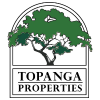
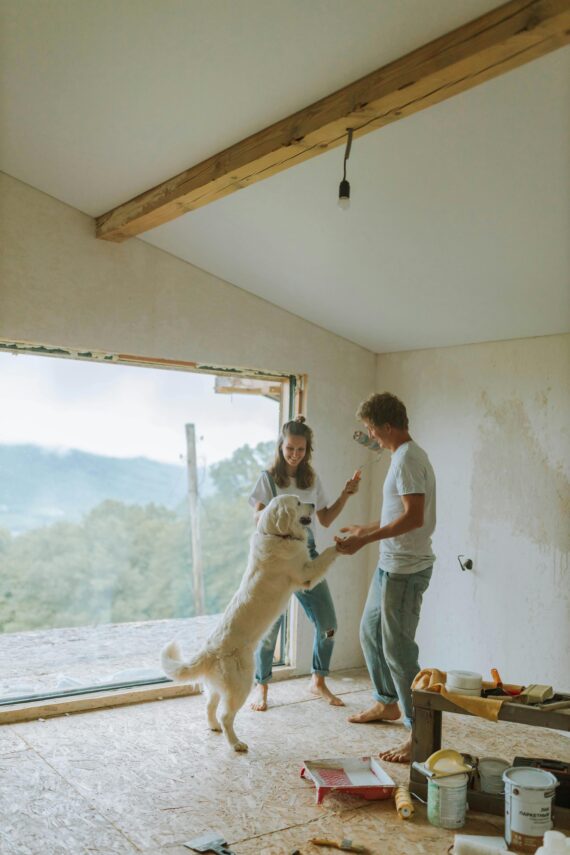
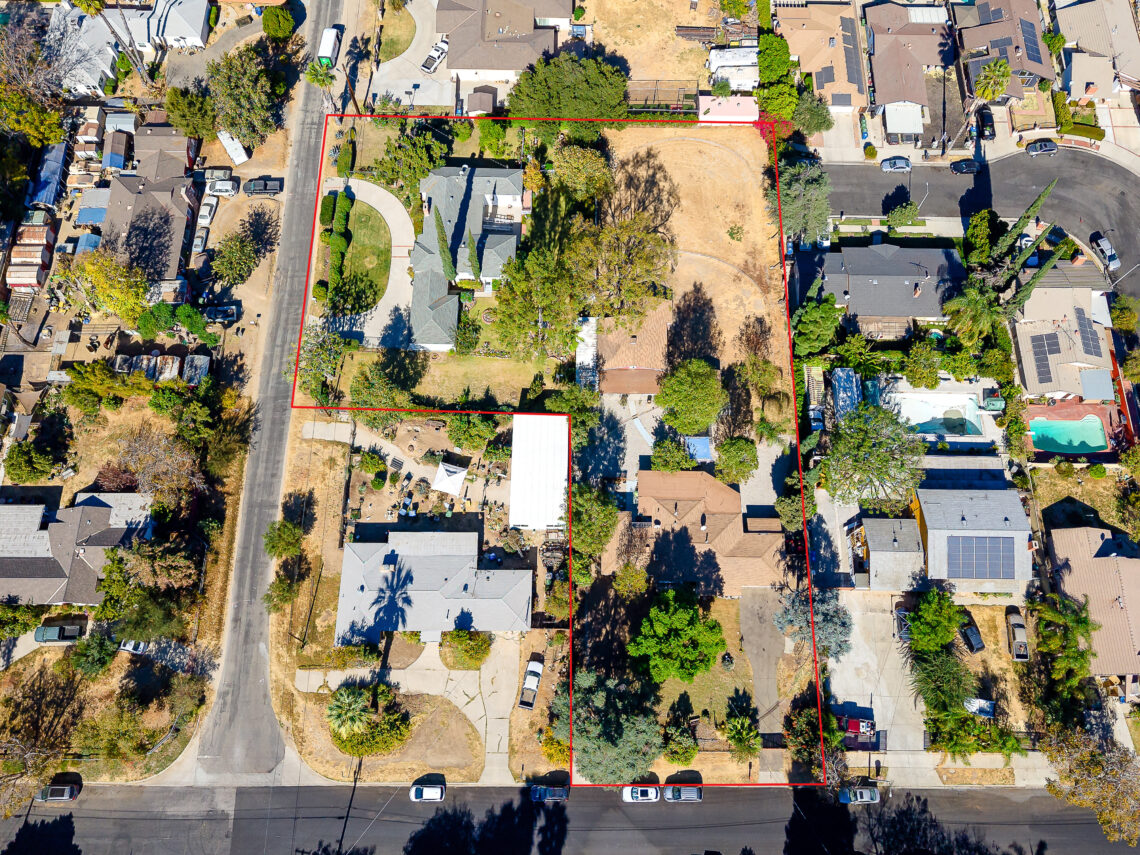
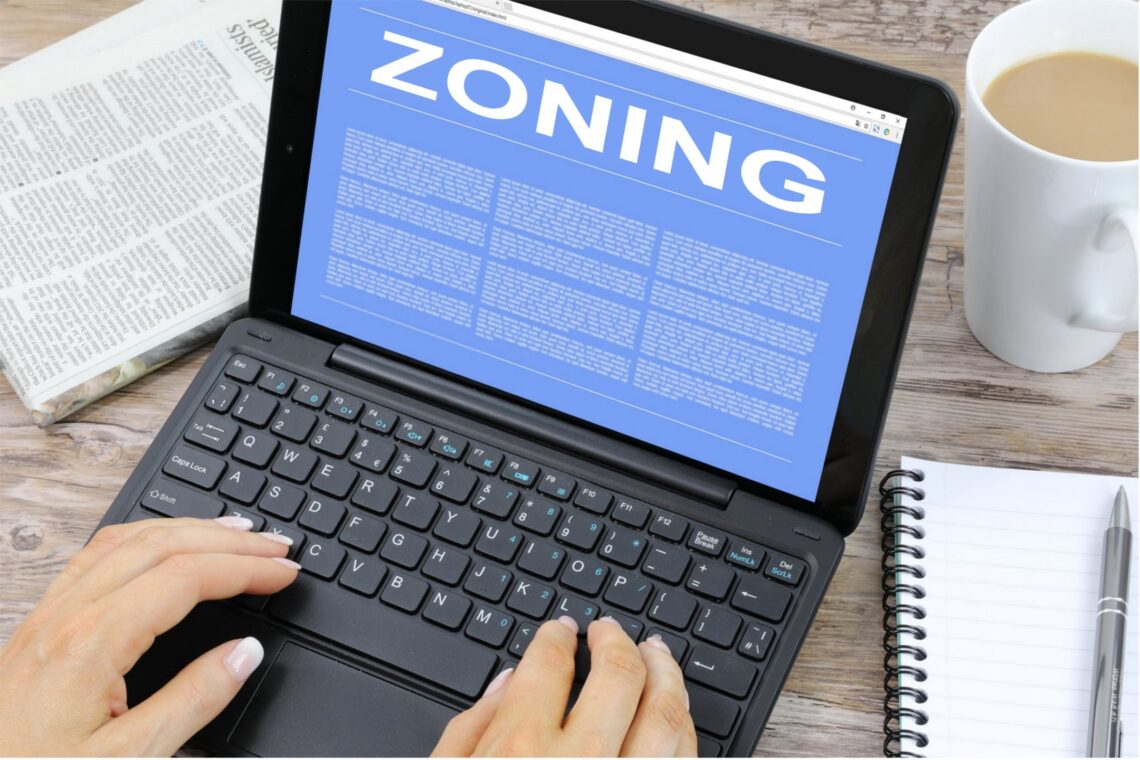
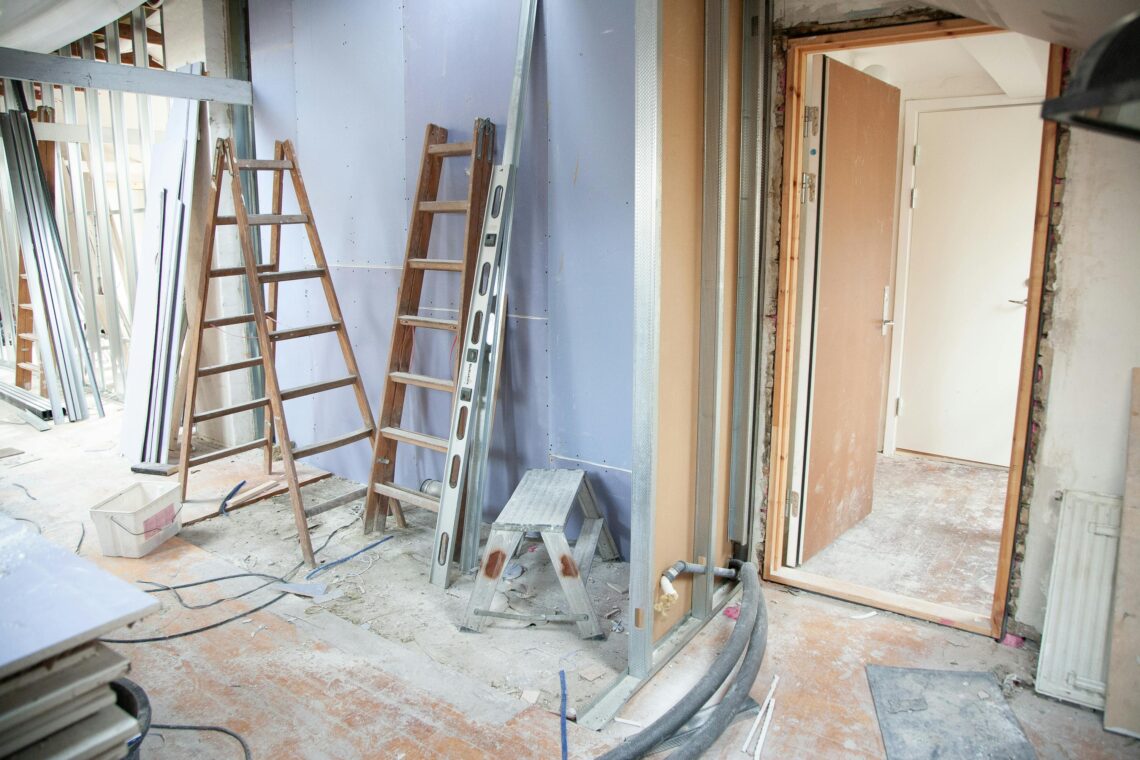
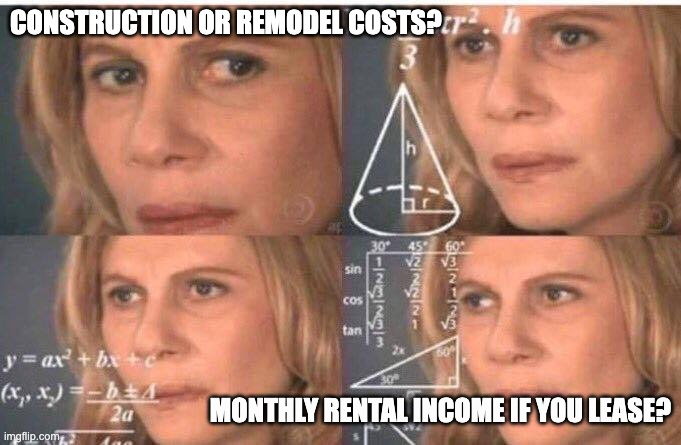

Leave a Reply